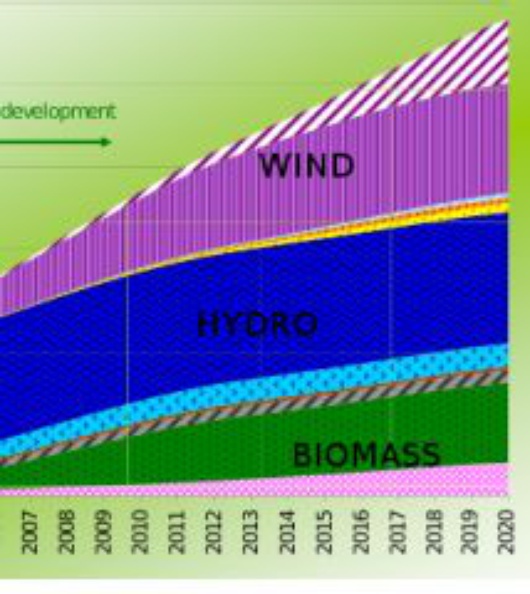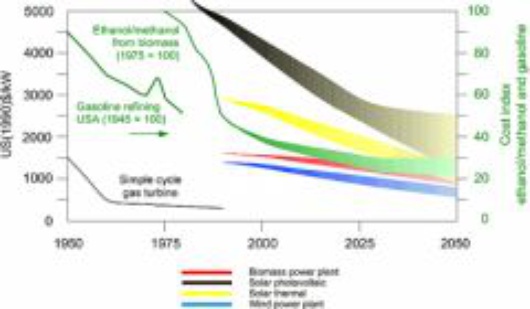
Obama's Visit to Prague (Road to Hell?)
Published on
Click to enlarge
We started this blog in December 2008, with the remark:
"The Czech republic will assume presidency of the EU in January 2009. The priorities they set . . . are the three E's : The Economy, Energy and the External Relations of the EU. The first two are already disaster areas. Let's see what is likely to happen in the third area . ..
"
Now, only half way through his six month presidency, Czech ex-premier Mirek Topolanek created an uproar in the third area, the US-EU trans-Atlantic alliance. In a speech before the European Parliament a week before President Obama's G-20, NATO, EU-U.S. summit Grand Tour of Europe, he called Obama's economic stimulus package the "Way to Hell." That EU-U.S. summit will be hosted by Mr. Topolanek in Prague.
In the European and American rush to understand this dramatic rhetoric, it was noted that Mr. Topolanek had just attended an AC/DC rock concert where their hit song "Highway to Hell" lodged itself in his semi-conscious. Czechs also know that there is a subgenre in Czech fairy tale films , centering on impish devils – usually mischievous but inefficient, often charming but generally inept. (For a more extended view of Czech notion of Hell, click on the trailer of the new movie "Hell with The Princess," the source of the above picture.)
Unlike the Judgement Day as depicted in European Medieval and Renaissance art, neither the AC/DC song nor the Czech fairy tales inspire fear or even much aversion.We also note that the socialist paradise promised by Communism turned out to be a rather unpleasant Hell, and now capitalism is dealing out harsh punishments of its own. Perhaps the old Soviet era joke about Socialist Hell vs Capitalist Hell will need to be rewritten. Meanwhile, many are skeptical of new promises of any sort.
Yet, I look with cautious optimism at Mr Obama's rescue package.
We are experiencing simultaneous multiple crises: A global recession with the gears of the global financial machine creaking to a halt. Peak oil with a spectrum of "Peak Everything" -- natural gas, uranium, water. . . Global warming, ongoing wars with the threat of further nuclear proliferation.
Why would one be cautiously optimistic in the face of these four serious sets of crises? Because all have a common denominator, and therefore a common solution. If we find an inexpensive source of clean energy, all these problems will be solvable. Admittedly, it is a big IF. However, I am optimistic enough to think about it as WHEN.
We know that the long term solution is in fusion power. What we don't know is when it will be available. What does not make sense is to endlessly repeat, "It may take another 50 years," as if its development time is given by a physical law. It actually depends only on what resources we devote to solving the problem.
Here 'we' means "we the people," or all of humanity. We can use our collective energy and ingenuity to cooperatively develop this energy source, or we can use it on the next round of the Cold War and on wars for dwindling sources of oil and other fossil fuels. This is the "crossroad" on which we humans are standing, and that is why Obama's trip to Europe and the discussions of the G-20, of NATO, and of the E.U.-U.S. summit are so important. Today's choices do matter.
Robert Frost wrote in 1915:
Two roads diverged in a wood, and I-- I took the one less traveled by, And that has made all the difference.
We can not see exactly where the roads lead, but we have had extensive experience with ever more horrific wars in the century following this poem. That may be the path to Hell. And the other? No one believes anymore that we can create paradise on earth. We simply hope to save the planet. (There is perhaps nothing scarier than a planet with its climate terminally out of control. Hmmm. Now there's a vision of true Hell.)We have not had much experience acting globally and cooperatively. It is definitely the road less travelled.
COMMON GOAL: 20% renewable energy by 2020
Most governments have expressed support for the goal of having 20% renewable energy by 2020 and are expected to write into law recommendations of the COP15 in Copenhagen 2009, this December.United Nations Climate Change Conference
How can that goal be achieved? Many issues will be decided by industry, by technical experts, by investors. Many will be decided by consumers and industry choosing the least expensive energy sources to meet their needs. However, without a new regulatory environment, as oil natural gas become scarcer, the least expensive sources would be the the 'dirty' fossil fuels, coal and tar sands. When burned without special and expensive processing, these produce even more CO2 than oil and natural gas. Therein lies one of our biggest problems.
We hear daily in the media about many new "green" ideas, such photovoltaic solar panels and electric cars. What citizens, voters, and consumers need to know is their true cost, their competitiveness relative to our old energy sources.
The graph above on the left shows the projected cost of electricity generation. Today, the cost of electricity is about 10 cents per kWh (a kilowatthour). Solar power is free, if we do not consider the costs of land and maintenance, and the area of Earth's deserts is large enough to produce sufficient electricity to power the whole of Europe. However, the cost of building solar plants is today about 3000$ per kW (3$ per W). It would need to come down to 1$/W to be competitive.
There are similar problems with other new green technologies. If they were competitive, we would already be using them. In the next few posts we will look in more detail on each of them. The cost of the green sources is expected to drop with continuing research. The Cap and trade or ETS - a tax on CO2 emissions or Carbon tax - a tax on use of fossil fuels, would provide incentives and funds for such research.
At the same time, while many issues will be decided by industry and by the market, the introduction of these taxes is political and needs to be accepted by the voters. The acceptance or rejection of nuclear power is also an issue driven strong emotions, making it a political issue as well.Issues for the Voters
Technology is evolving quickly, and many of these technologies now look very different than they did twenty years ago. Many, of course, are quite complex. To avoid emotional knee jerk reactions to words such as nuclear,(clean) coal, wind, PV ...., and to provide informed guidance to politicians, we do not all need to become experts on energy technologies. We need to know enough to decide, based on real facts and numbers. We need to create shared understandings.
Below is a list of issues which the public needs to understand in order to decide wisely. On these, we will be deciding not by what we choose to buy but by how we vote and how we make our opinions known.
Expected mix of the renewable 20 %. Click to enlarge 
In future posts, I will discuss each of these more technical issues with the goal of clarifying what the controversies are and what is at stake in each area.
The battle for public opinion is already heating up.
Join us on the road.
<!-- End of StatCounter Code -->




